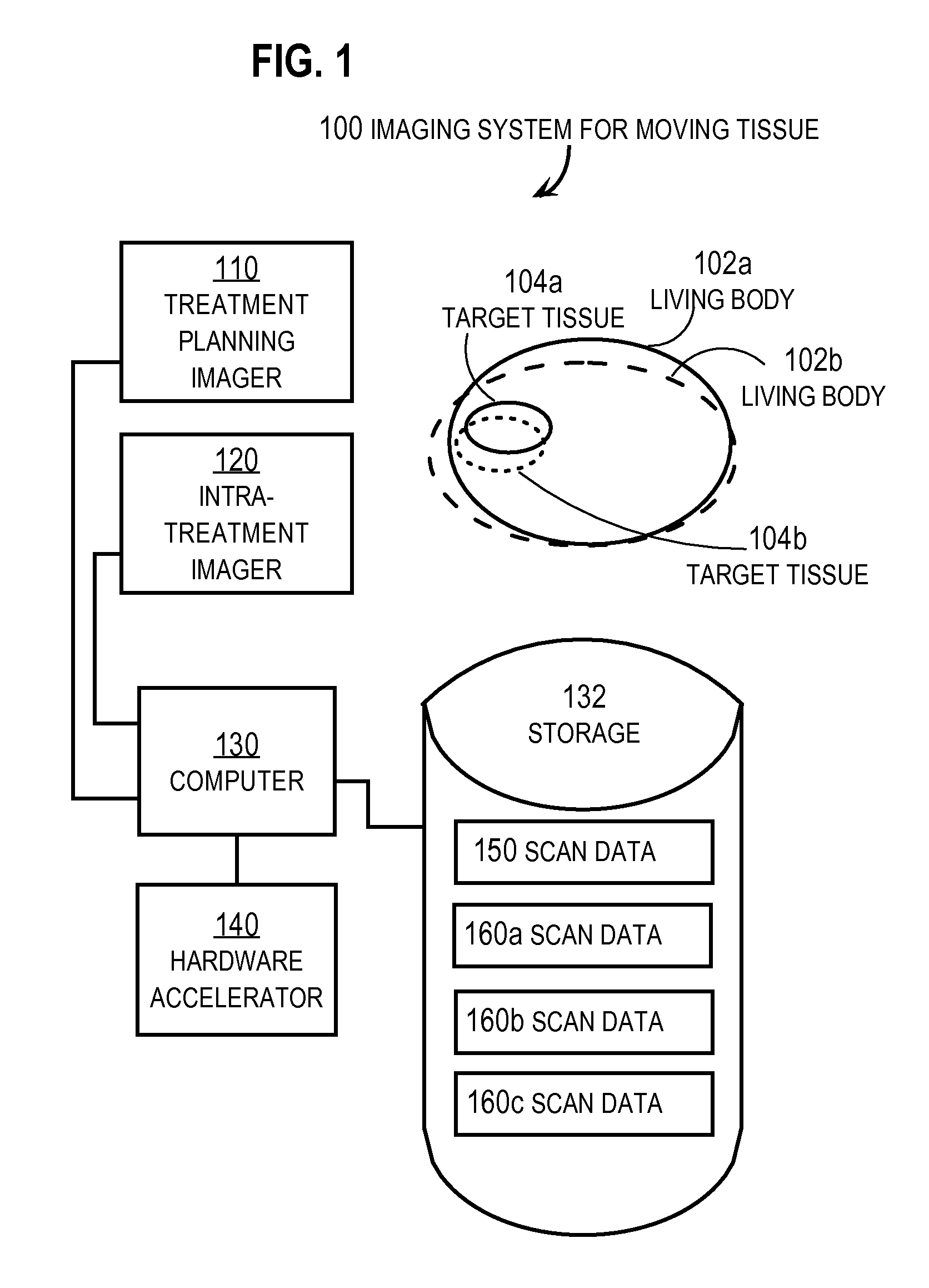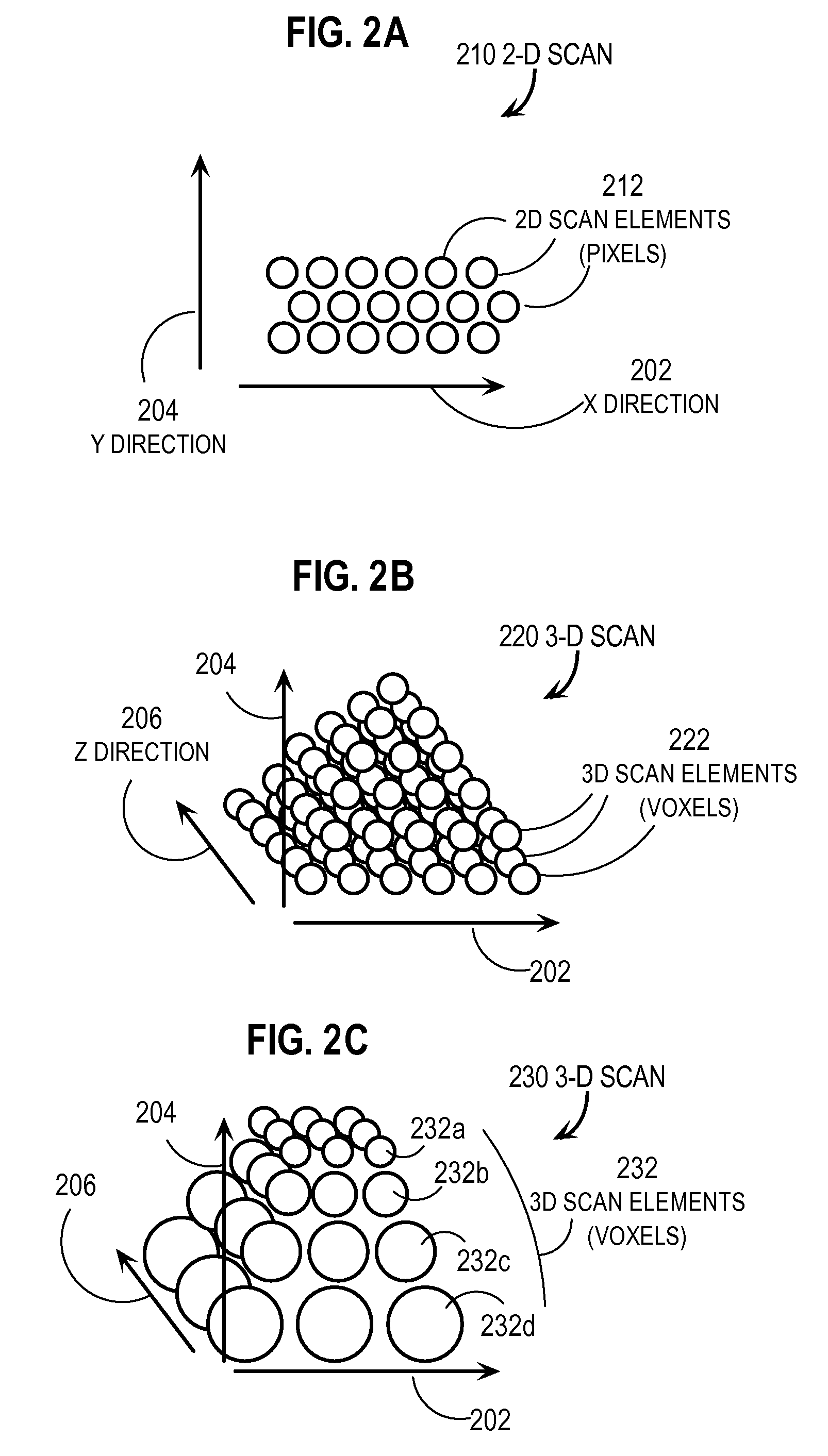Method and apparatus for accelerated elastic registration of multiple scans of internal properties of a body
a technology of internal properties and multiple scans, applied in the field of methods and apparatus for accelerating elastic registration of multiple scans of internal properties of bodies, can solve the problems of unsuitable volume subdivision-based image registration in its current form, unsatisfactory nmi reliability, and prohibitively high mutual histogram memory requirements, so as to maximize the similarity measure and save time
- Summary
- Abstract
- Description
- Claims
- Application Information
AI Technical Summary
Benefits of technology
Problems solved by technology
Method used
Image
Examples
Embodiment Construction
[0002]This invention was made with Government support under National Medical Technology Testbed Grant No. DAMD 17-97-2-7016 awarded by the Department of Defense. The Government has certain rights in the invention.
BACKGROUND OF THE INVENTION
[0003]1. Field of the Invention
[0004]The present invention relates to a method and apparatus for registration of multiple scans of internal properties of a body, such as internal tissues of a living body; and, in particular to a method and apparatus that implement techniques to accelerate determination of an array of spatial transformations that elastically register an early scan to a current scan in time for a particular use, such as in time to adjust a planned treatment of the body to current conditions of the internal properties based on the current scan, or to efficiently produce an atlas or composite or diagnosis from a large number of scans.
[0005]2. Description of the Related Art
[0006]Healthcare delivery, whether financed by private or publi...
PUM
 Login to View More
Login to View More Abstract
Description
Claims
Application Information
 Login to View More
Login to View More - R&D
- Intellectual Property
- Life Sciences
- Materials
- Tech Scout
- Unparalleled Data Quality
- Higher Quality Content
- 60% Fewer Hallucinations
Browse by: Latest US Patents, China's latest patents, Technical Efficacy Thesaurus, Application Domain, Technology Topic, Popular Technical Reports.
© 2025 PatSnap. All rights reserved.Legal|Privacy policy|Modern Slavery Act Transparency Statement|Sitemap|About US| Contact US: help@patsnap.com



